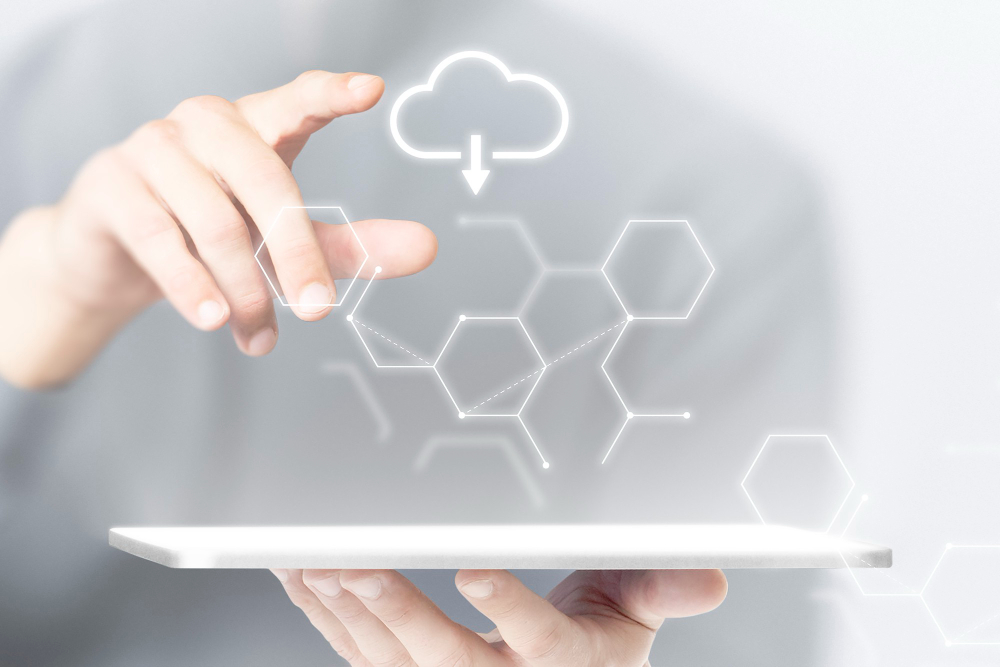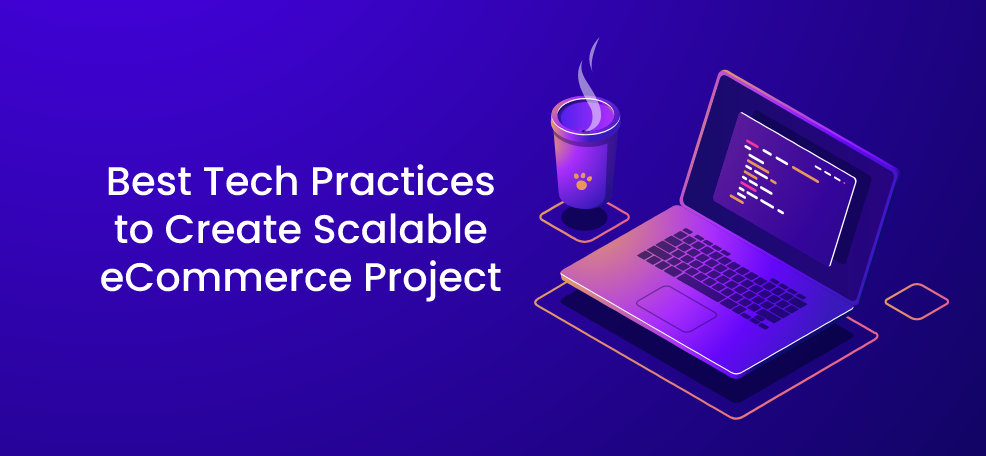The e-commerce sector is one of the most growing in the IT area. Impact of the Covid grew the importance of online purchases. According to Statista.com e-commerce sales worldwide amounted to 4.28 trillion US dollars in 2020 and e-retail revenues are projected to grow to 5.4 trillion US dollars in 2022. It is expected that all purchases will continue to move online.
Short Overview of Ecommerce Development
E-commerce development is a complex and complicated process. Of course, due to the business requirements and size, there can be huge differences. For example, there are a lot of constructors, like Tilda, where you can relatively fast launch a small internet shop with basic functions like user cabinet, product cards with descriptions, basket, etc.
But if we talk about startups with future growing, middle- or big-size projects the scenario will be a bit harder. The simplified steps of eCommerce development have the next view.
- Idea and validation
- Deciding with customer segment and type – b2b, b2c or b2b2c
- Choosing the tech things like web server, databases, storage, tech stack, and programming languages
- Think over integrations with payments systems, CRM, mailing services, etc
- Creating UI/UX Design and its testing
- Development
- Launching and testing
The list above does not include SEO requirements, automatic content generating, and so on. Today, we will focus only on the main criteria the good eCommerce should have “under the hood”.
Before starting the development of the eCommerce project, the main task is to create the technical requirements. You need to create a tech stack list and estimate the cost and terms of future projects.
So what are the most important things you should choose?
Choose cloud computing, as the best solution for scalability, speed, security
The scalability is the most important factor for the future growth of the project. Your shop or platform should be ready for the future market’s changes and challenges. The thoughtful architecture will significantly save your budget in the future. For example, there are several common reasons like increased demand due to some holidays or new trends or innovations which required a quick response.

First of all, what should you choose is cloud computing. Providers like Google, Amazon, Azure, and others, are in-demand. Cloud hosting allows you to create your own perimeter and have perfect scalability. It allows growing vertically or horizontally without manual intervention. Also, there is a list of ready-made solutions like applications, networks, RDS, databases, etc.
One of the big advantages of cloud providers is their ability to adjust to traffic spikes. Due to the peculiarities of the eCommerce sector – ads campaign, new products there expected abrupt traffic changes. You can be sure that users wouldn’t have trouble with access due to great automatically.
Imagine that your project is already launched. Except for attractive design and good UX, there 2 really important things – speed and security.
The average user does not wait more than 3 seconds for page uploading. Any on-site infrastructure couldn’t compete with the cloud if we talk about speed. The microservices included in cloud computing allows you to grow without additional integrations
Security is one of the “three whales” of good eCommerce. The users input their name, credit cards, and so on into your system. A single security problem can destroy a reputation of a business. Cloud computing can promise you PCI-DSS certified hosting. It began to raise the importance after GDPR has arrived. Additionally, cloud technologies can promise superior security measures to protect you from DDoS attacks. Due to the placement, all your services into your perimeter you can be more confident in security questions.
Choose the right tech stack for an eCommerce project
The tech stack is a list of technologies that will be used for the project. The tech stack allows estimating the project cost and time for development. There are some most common tech stacks that are used for eCommerce projects – MEAN, LAMP, Python-Django, .NET.
To choose the better one, take a look at your current team and compare the abilities of each stack.
For example, for eCommerce startups, Django is one of the best solutions. The Django Framework that is used alongside Python provides a high-security level for backend development. This high-level Python web framework, is a good option because it covers the main needs for scalability, security, and compared to the other it has a lot of features out-of-the-box. Django prevents a whole lot of common security mistakes, often weakening traditional PHP CMSs. It allows you to build an app right off the bat. Perfect for supporting your online store with functionalities such as user authentification, content management, or RSS feed.

According to the last stats, Python is one of the most popular languages worldwide, so choose this one you will have a large community for support and new features. Also, it is not hard to hire Python developers, if the need arises.
Another really used option is a MEAN stack (Mongo Express Angular Node). It solves all challenges with performance. Also, it has great scalability – the server can be horizontally scalable by use of the cluster. Also, MongoDB is a NoSQL database highly designed for Cloud and Scalability with the full support of cluster
MEAN is a widely used technology and adapted by small startups to enterprises like eBay, PayPal, Facebook, Google, etc… So this technology stack is ready to handle any challenge that comes down the road.
As we talked about above, your solution should be based on the existing tech stack, budget, and reliability of the solution. The longer the language in demand, the bigger community it has – the better. You will always have new updates, more support, and wide possibilities.
Conclusion
Successful professional eCommerce project development is a long-term process. All stages of designing, development, launching should be focused on business goals. You must be responsible as possible at the first steps because it will impact the future growth of your project.




